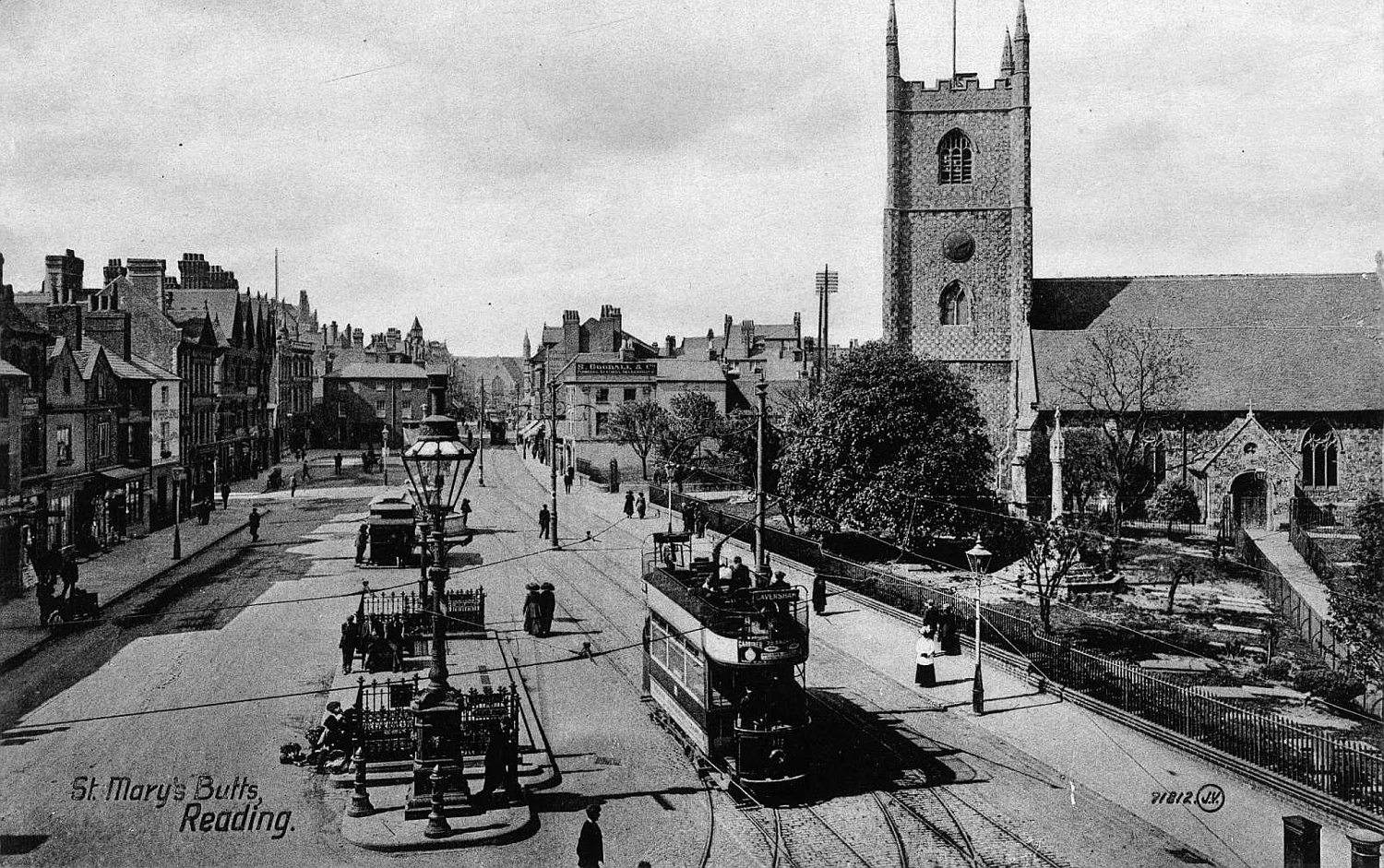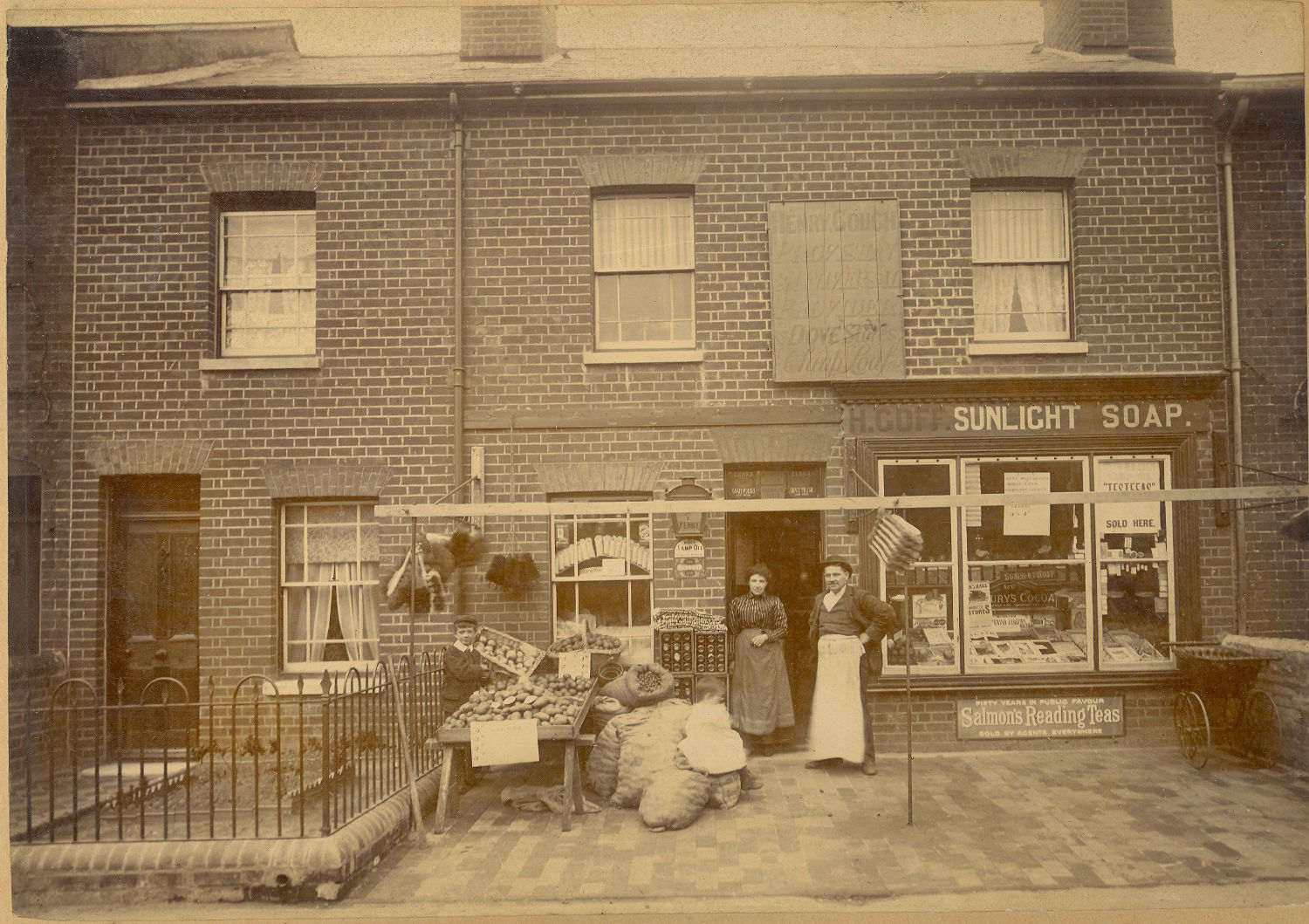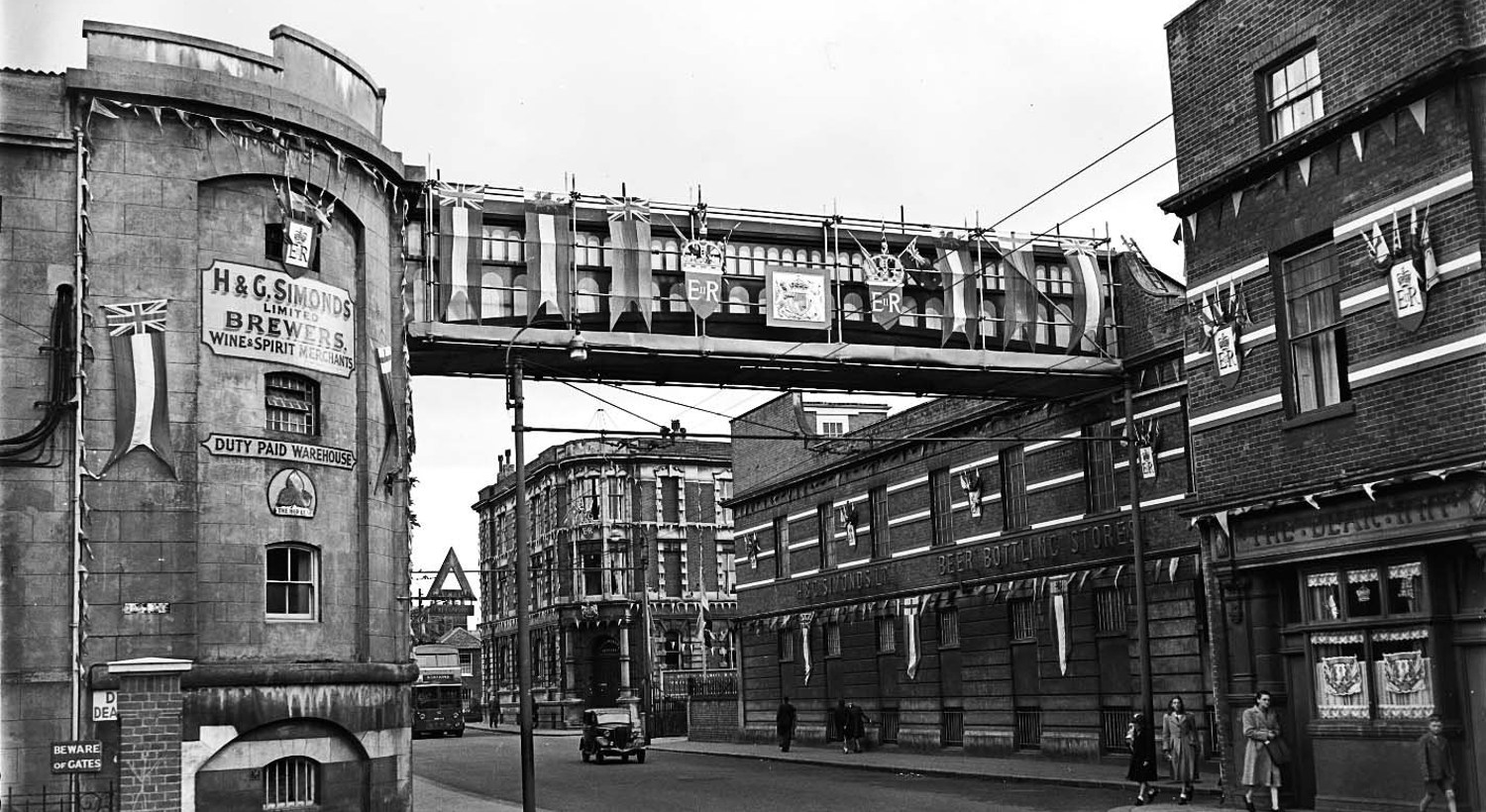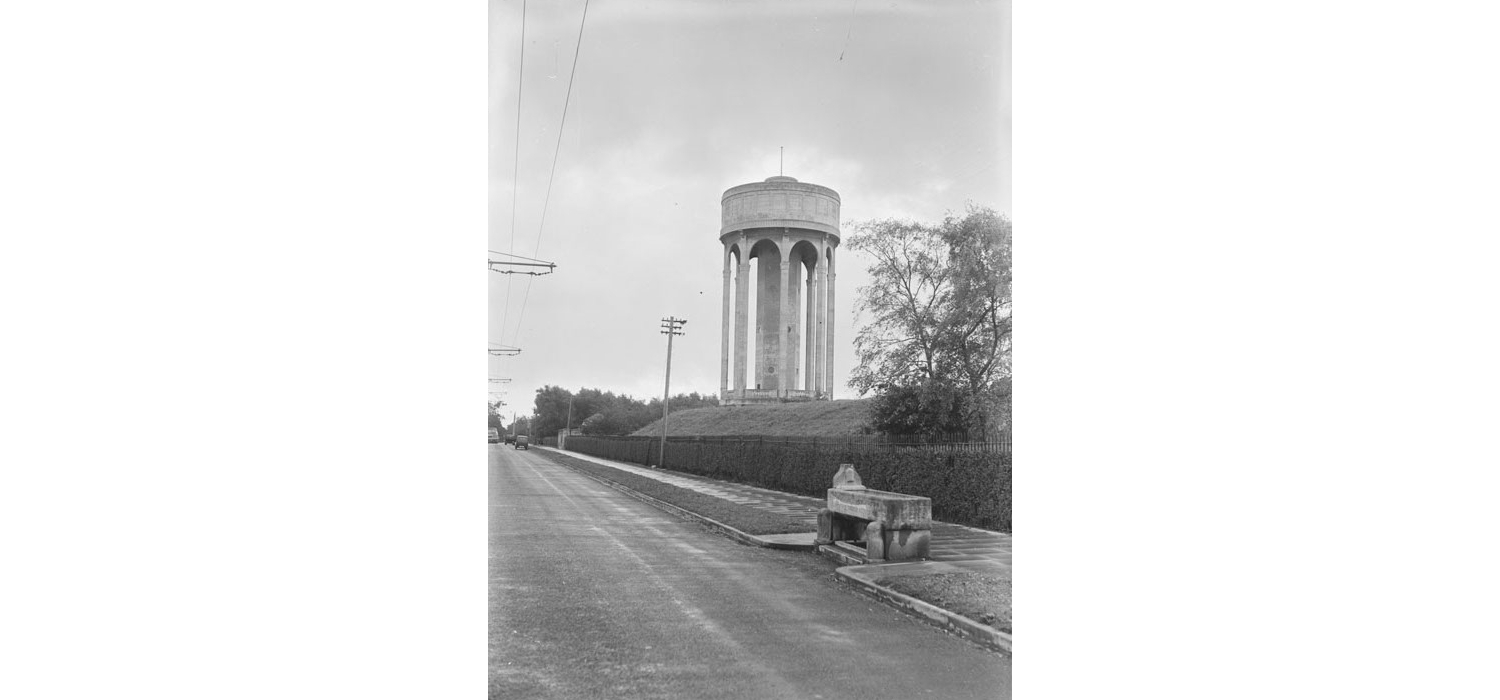Elizabeth Taylor was born in Reading, Berkshire on 3 July 1912. This was not the famous Hollywood actress, but the novelist, who is now regarded as one of England's greatest writers. Kingsley Amis described her as ‘one of the best English novelists born in this century’, while Hilary Mantel has said she was ‘deft, accomplished and somewhat underrated’.
She was born Betty Coles, the daughter of Oliver Coles, an insurance inspector, and his wife Elsie. Elizabeth was educated at The Abbey School, Reading and then worked as a governess, tutor and librarian. She married John Taylor, a High Wycombe businessman, in 1936. Between 1945 and 1972 she published 11 novels, four short story collections and a book for children; another novel was published posthumously. She lived outside Windsor until her death in 1975.
Her seventh novel Angel first published 1957 is set in and around Reading, thinly disguised as the provincial brewery town of Norley. The story follows fifteen year old, Angel Deverell who knows she is destined to be a famous author. Angel escapes her dull daily life by locking herself in her room where she creates a fantasy world in her writings.
The images in this blog, from the Museum's collection, show the early 20th century town that Taylor describes in her novel.
St Mary's Butts

St Mary's Butts in about 1910 (museum no. 1980.79.10 )
In the novel the main character Angel lives with her mother in the town centre close to an old cobbled square called the 'Butts', and Taylor says that they live in earshot of the bells of the old church there. This is has to be St Mary's Butts, the location of Reading Minster, also known as St Mary’s Church. This is Reading's oldest church, originally founded in the 900s, long before Reading Abbey. There was an Anglo-Saxon nunnery (all-female religious community) on this site. The Butts was originally known as Old Street, as it was once Reading's Saxon market place, later it was where men practised archery on Sundays. The 'butts' were their archery targets!
A grocery store at Ort's Road, Newtown

Dove Grocery Stores, Orts Road, Reading, about 1900 (museum no. 2008.955.1)
Taylor's main character lives with her widowed mother above their grocery shop in a row terraced shops on the fictional Volunteer street, near the Butts and the Brewery. In the novel Angel recalls hearing the shop door-bell ringing as her mother's customers came and went. Taylor describes Mrs Deverell weighing out broken biscuits while chatting to her customers.
This image above is of a very similar grocer's shop in Orts Road, Newtown, an area of 19th century terraced housing, where many of Reading's industrial workers lived.
The photograph shows Henry Goff's Dove Stores at 115 Orts Road. It took its name from The Dove public house located next door. Henry and his wife Emma stand at the shop door with two of their children posed beside the pavement display of potatoes, apples, bottles and brushes. The shop has adverts for Sunlight Soap and Salmon's Reading Teas.
Henry was employed at Huntley & Palmers until he lost his right hand in an industrial accident at the Biscuit Factory in 1890s (which was well known for its broken biscuits). He has a hook fitted, which is why he is hiding his right hand in this photograph. He was a political agent for Reading's Liberal MP Rufus Isaacs (later Lord Reading).
Simonds Brewery

Coronation decorations at Simonds Brewery, Bridge Street in 1953 (museum no. 1980.36.B653.5a)
Angel and her mother live close to a brewery, she mentions the sickly sweet smells of the brewery, that was once common in Reading town centre due to Simonds' Bridge Street brewery.
William Blackall Simonds established a brewery in Broad Street, Reading in 1785. In about 1790 Simonds commissioned locally born architect, John Soane, to design a brew house at Seven Bridges, now Bridge Street. Simonds was sold to Courage in 1960, by which time the brewery had expanded to both sides of Bridge Street on the banks of the River Kennet. In 1973 the company announced that it was moving to a new site at Worton Grange next to the M4 at Reading. Brewing ended in Bridge Street in 1980.
The Forbury Lion

A postcard of the famous Reading landmark in about 1890 (museum no. 1975.53.6 )
The Maiwand Lion (known to many as the Forbury lion) stands in the Forbury Gardens. The 31-foot lion is a war memorial sculpted by George Blackall Simonds, and unveiled in December 1886. The pedestal was originally faced with terracotta but was refaced with stone in 1910. The Lion is named after a small village of Maiwand in Afghanistan, where 328 men from the 66th (Berkshire) regiment died on 27 July 1880. The battle was part of a British campaign to stop Russian influence in Afghanistan, as this threatened British control of India. In 1880 British and Indian troops stationed in Kandahar were sent to oppose an army led by Ayoub Khan, the brother of Afghanistan’s deposed ruler. The British force, led by General Burrows, had to secure the Maiwand Pass in order to stop Ayoub’s advance on Kabul.
In Angel Taylor irrelevantly describes the public gardens, temperance bandstand and the lion. She places the landmark cast-iron lion on a small hill, similar to the Forbury Hill, with small paths winding up through the shrubbery towards the statue.
Reading Museum

Reading Museum Gallery 1 in 1903 (museum no. 1996.236.23)
Angel visited the museum and the library in the municipal building, describing a museum full of stuffed animals and pottery sherds, and the library, dark with black leather bound books.
The actual Reading Museum opened in purpose-built galleries on the first floor of the Town Hall on 5 June 1883. Prominent local collector Horatio Bland had died in 1876 and in 1882 his private museum collection at Burghfield was donated to the Reading Corporation by his trustees, forming the founding collection of Reading Museum. Archaeology and natural history formed the majority of the collection in the late 19th and early 20th century. We still have these collections but the museum displays look very different today!
Tilehurst water towers
When Angel finds success as an author she moves to a large red brick house with coloured glass windows in the prosperous suburb of 'Alderhurst'. Taylor describes how within living memory Alderhurst had been a small upland village, with a landmark water tower that could be seen for mile around, but as Norley had grown its rich industrialists had left its Georgian terraces for new houses built on Alderhurst's old farmlands. This exactly mirrors Reading's expansion into Tilehurst, which like Caversham, became part of Reading Borough in 1911.
Tilehurst water tower at Park Lane, is a major landmark on the highest point in west Reading and can be seen from a wide part of west Berkshire. It was built by Reading Corporation in 1931-2, replacing another Victorian tower on Norcot Road.

Tilehurst water tower, Park Lane, in 1953 (museum no. 1980.36.B710.2b)
Find out more
Elizabeth Taylor (1957) Angel, Virago (borrow her books from Reading Libraries)
Rediscovering Elizabeth Taylor – the brilliant novelist - Guardian Book Blog





